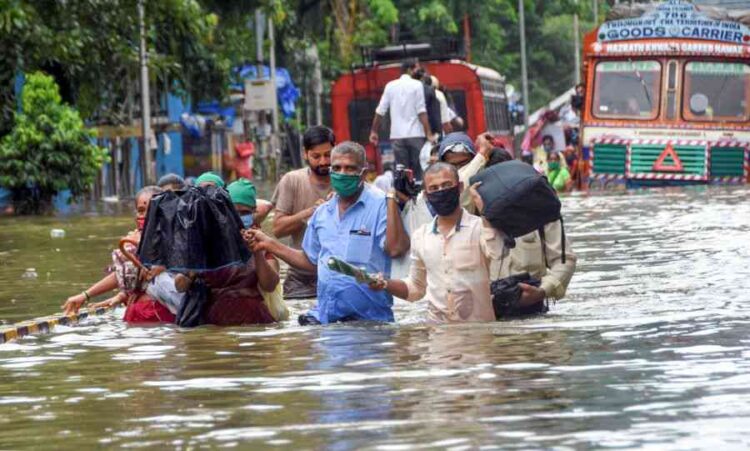Based on his testimony at the sixth BMC Stakeholder Consultations of the Mumbai Climate Action Plan on Urban Flooding & Water Resource Management held on September 10, Nikhil Anand asserted in HT Times that, with climate crisis impact increasing every day, Mumbai has started preparing its action plan to fight against it. Mumbai Climate Adaptation Plan (MCAP) is a draft under construction for “reimagining the city and reorganizing the city’s relationship with water.”
In a widely publicized event, on August 27, the Brihanmumbai Municipal Corporation (BMC) launched its Climate Adaptation Planning process. The administrative and political leadership unanimously asserted the significance of climate change planning for the city. Municipal Commissioner Iqbal Singh Chahal talked about the flooding in multiple places in the past year.

Maharashtra’s environment minister Aaditya Thackeray asserted that these planning activities cannot remain on paper, “We don’t have time,” he said.
The BMC, working with not-for-profit environmental groups, World Resources Institute (WRI) India and Waatavaran have taken suggestions and advice from experts on key elements of urban development: waste, energy and buildings, urban flooding and water, air pollution, and urban greening.
With all the advice and suggestions, the city has given the responsibility to WRI to prepare the plan. The draft of the plan is expected to be ready in a month and would be sent in for another round of public feedback.
Nikhil Anand foregrounds that the plan also needs to go through a lot of urban bureaucratic coordination and approvals and depends on its success upon them. The plan aims to take into account the vulnerabilities of the underprivileged classes and seeks to reduce flooding, which is a very common phenomenon in Mumbai.

Anand further wrote: “For the last 300 years, the city has been made solid and dry through relentless projects of landfilling. The floods that have regularly visited the city from its earliest days are a direct consequence of this land-making. Rain and tidal waters simply return every year to occupy the same grounds that were once khadi (wetlands), creek, or Talab (pond).
As a result, the city’s residents have long been accustomed to living with regular floods. With the intensification of the rains, the increase of cyclones and the rise in sea levels, however, flooding is now more severe, more frequent and more widespread. It now occurs in parts of the city that never used to flood. The city’s near future depends on how it plans for and adapts to the persistent and increasing presence of water in the city.”
Anand has highlighted in his book Hydraulic City: Water and the Infrastructures of Politics in Mumbai (2017), that there is no water scarcity of water in the city. The problem is only with distribution and leakages through which water supply and flow get disrupted. According to one BMC report in 2009, these account for approximately 30% of water “lost” in the city.

“Efforts to manage the city’s rains in the present and future, based on 100-year-old technologies will always come up short, and more so because we are living in the climate changed times. Stormwater engineers working at MCGM confess that the stormwater improvements made in the last 10 years are already insufficient for the new normal. City officials cannot expect to drain the seas, intense rains and storms of the present and near future through conventional technologies. With new water and landscape approaches, however, they can find ways for all the city’s residents to live better with water,” He further added.
Also Read : The Upcoming Generations Will Have To Face Much More Climate Adversities Than The Previous Ones, Says Study
















